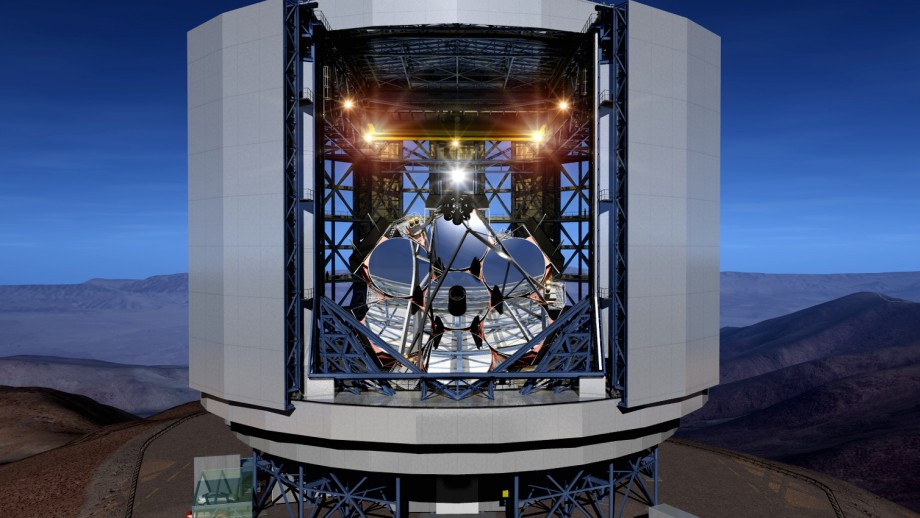New president for world's largest telescope
ANU warmly welcomes the appointment of physicist Dr Robert N. Shelton as the new President of the Giant Magellan Telescope Organization (GMTO), effective 20 February 2017.
Australia and ANU are major partners in the Giant Magellan Telescope that will be the world's largest astronomical telescope when it comes online in Chile in the 2020s.
The Giant Magellan Telescope will look further out into space and back in time than any telescope ever built, and it will enable astronomers to detect life on planets orbiting other stars. Its observations of faint stars and distant galaxies will also help astronomers understand the formation of galaxies and stars, and gain insight into dark matter and dark energy.
Dr Shelton has previously been President of the University of Arizona, and Executive Vice Chancellor and Provost at the University of North Carolina. He will lead the development of the telescope and will also lead the ongoing fundraising efforts for the project.
Professor Matthew Colless, Director of the ANU Research School of Astronomy and Astrophysics and Vice Chair of the GMTO Board, said he looked forward to working with Dr Shelton to build the 21st century's first giant telescope.
"Having someone of Robert Shelton's standing as GMTO President is an enormous boost because of his experience in US education circles and his fundraising work at similar organisations, as well as his broad network of contacts in the US and elsewhere," Professor Colless said.
Professor Colless said the Giant Magellan Telescope was Australia's major investment in optical astronomy for the coming decade, and ranked alongside the Square Kilometre Array project as the foundation for Australia's future in the field.
The 11 international partners, including ANU and Astronomy Australia Limited, have started construction of the telescope, committing more than US$500 million towards building the first new-generation giant telescope.
Australia is a 10 per cent partner in the project, with an investment of $88 million.
Australia is also building substantial parts of the facility, including two of the four first-generation instruments. ANU is designing part of the adaptive optics system that corrects the blurring of the atmosphere, allowing the Giant Magellan Telescope to take images 10 times sharper than the Hubble Space Telescope.

